A Brief History of the Collar

For a scrap of fabric that exists solely to circle your neck, the collar has a history that is anything but modest. From status symbols to sweat-stained shirt edges , collars have been through it all. And today, we can still trace their dramatic transformations through the ages — immortalized in museum portraits of men, women, and children from every era.
When Necks Went Naked
Before the 1400s, collars weren't really a thing. Men's necklines ranged from high to what we'd call today a scoop or boat neck. Shirts didn’t need collars because, frankly, there wasn’t much need for them.

Enter: The Ruff
By the mid-1500s, the ruff had emerged as the first true collar — evolving from simple shirt gathers at the neck into a separate accessory tied around the throat. What began as a practical way to keep garments clean soon caught on as a fashion trend, spreading from Spain to the rest of Europe. Early ruffs were modest in size and easy to launder — but not for long.

But what began as a modest pleated trim soon escalated into a theatrical halo of linen, lace, and starch...
The Cartwheel Ruff Era
The cartwheel ruff especially turned heads (and made turning your own head quite difficult). Popular from 1580 to 1610, these oversized collars were stiffened with starch, layered into hundreds of pleats, and could stretch up to a foot from the neck. The finer the linen, the more elite the wearer — with embroidery, jewels, and even precious metals adding to the extravagance.

They were as impractical as they were impressive. Wearing one meant assuming a proud, rigid posture — and making eating or moving your head nearly impossible. Often, ruffs could only be worn once before collapsing from heat and humidity.
Of course, not everyone was impressed. In the 1580s, Englishmen sporting these oversized neck donuts were mocked in France as “the English monster.” Fair.
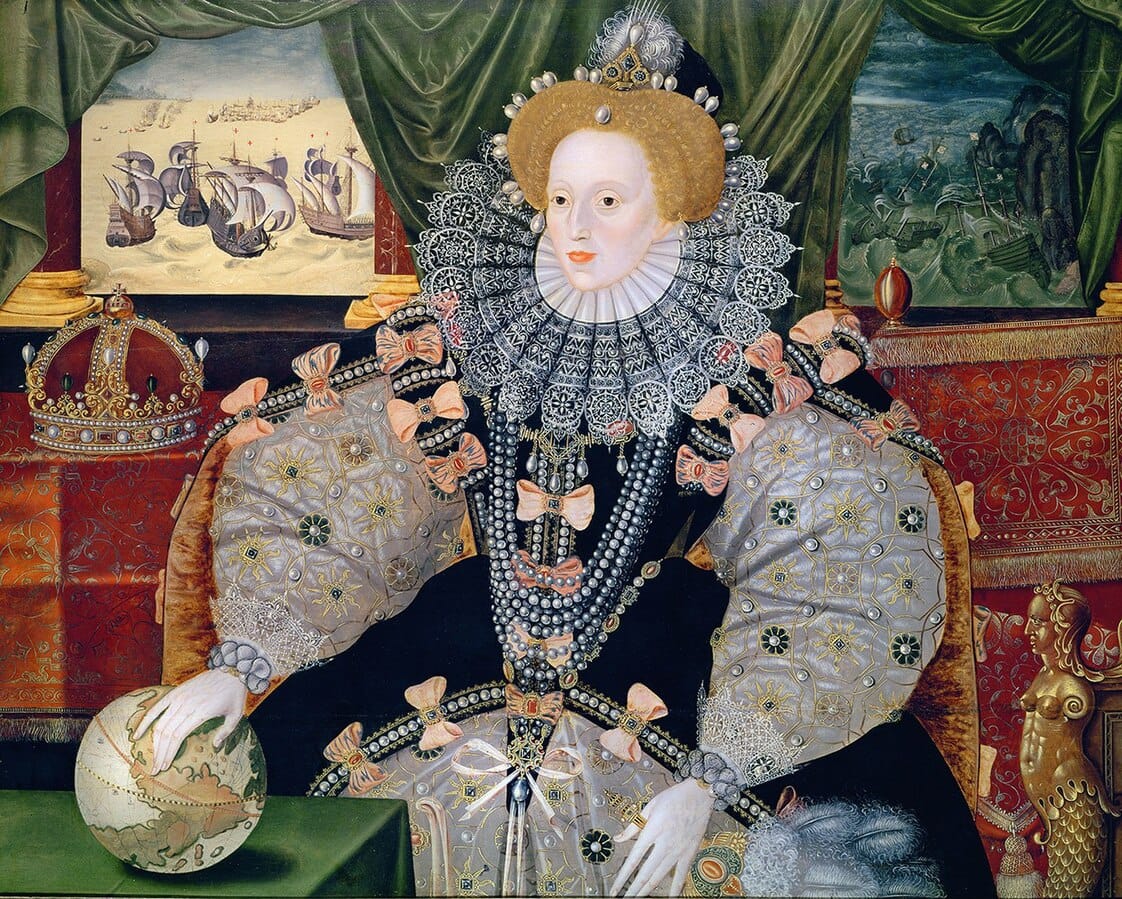
The Collar Evolves: From Drama to Poetry
As the ruff lost its hold (and the neck regained its freedom), a new style emerged: the falling band. Flat, soft, and often edged in lace, it was a welcome shift — easier to wear, easier to clean, and far less theatrical.
By the mid-1600s, these relaxed collars, sometimes called fallen ruffs, had taken over. Men wore them first, but women soon followed. Over time, this style continued to simplify, eventually giving rise to jabots and cravats…
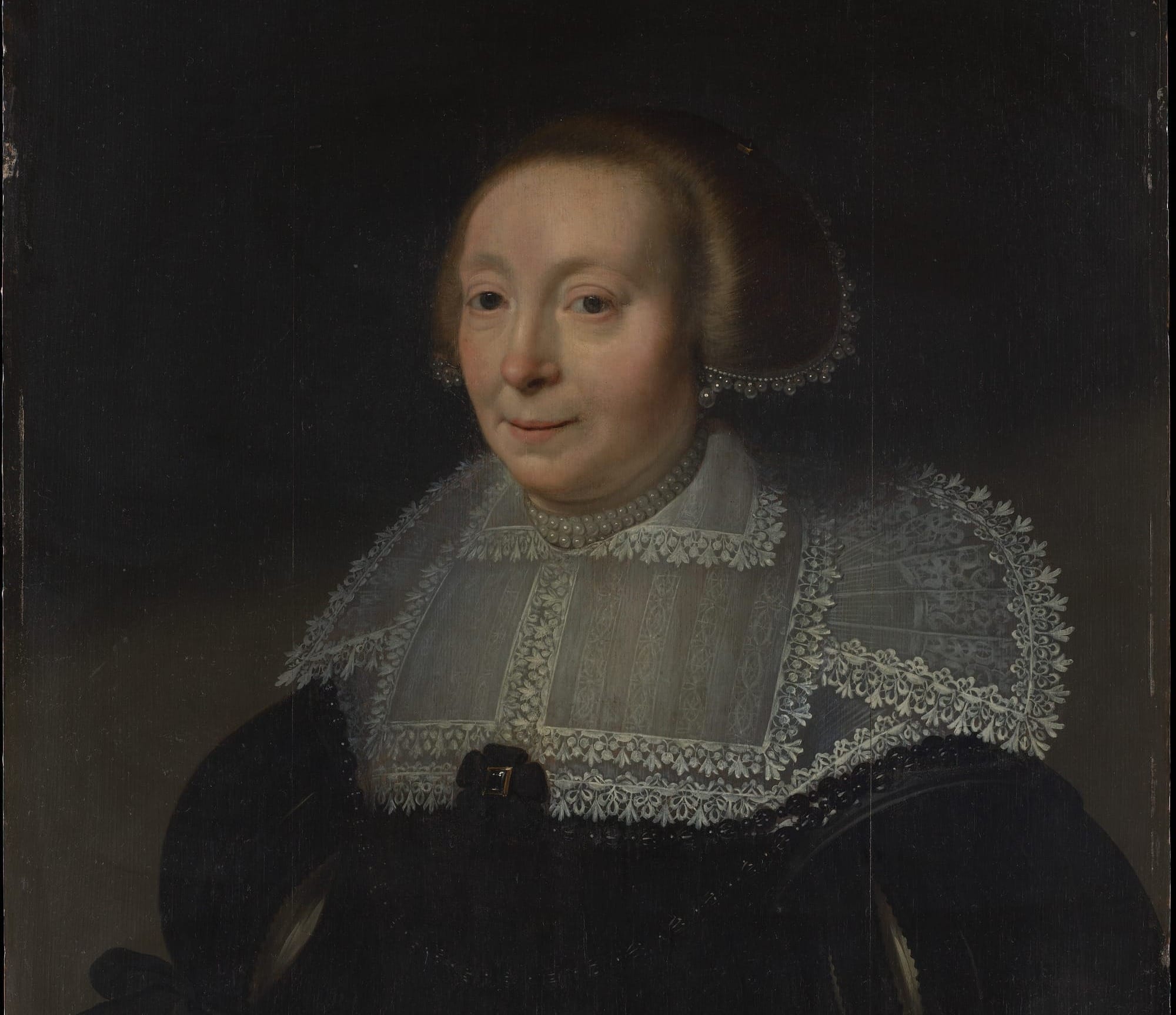
The Enlightenment
In the 18th century, Enlightenment ideals ushered in a more restrained approach to dress. Out went lace, excess, and flamboyant ruffs. In came simplicity, refinement, and the cravat — a modest white neckcloth first worn by 17th c. croat cavalry, that set the stage for the modern tie.
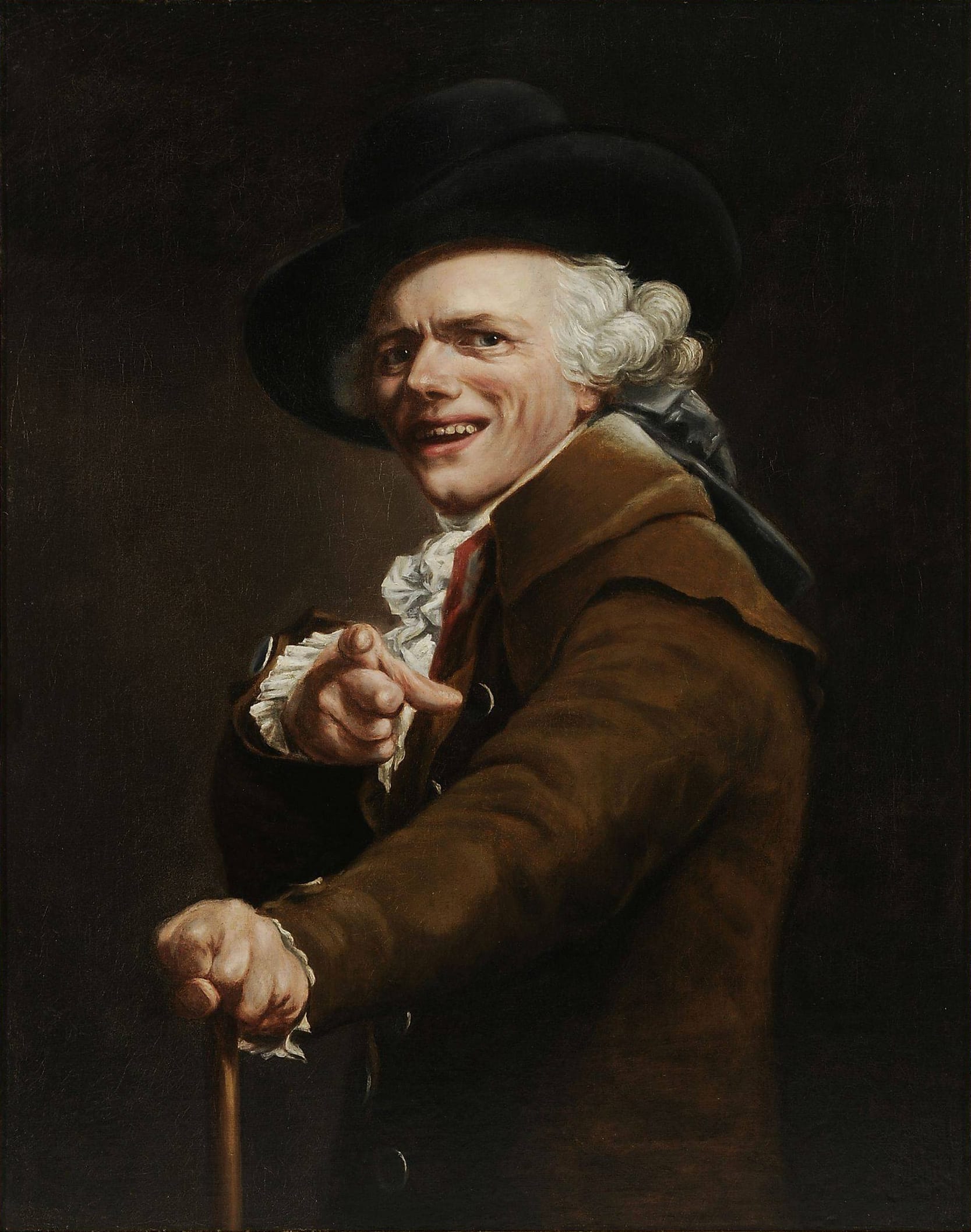
The Laundry Hack That Changed Everything
In the 1830s, a woman named Hannah Montague had a stroke of domestic genius: the detachable collar. Tired of constantly washing her husband's entire shirt, she cut off the grimy collar and stitched on a clean, starched one instead. It worked — and it caught on fast.
This clever hack offered the look of a freshly laundered shirt with a fraction of the effort. Soon, crisp, removable collars became a menswear staple and a subtle status symbol.
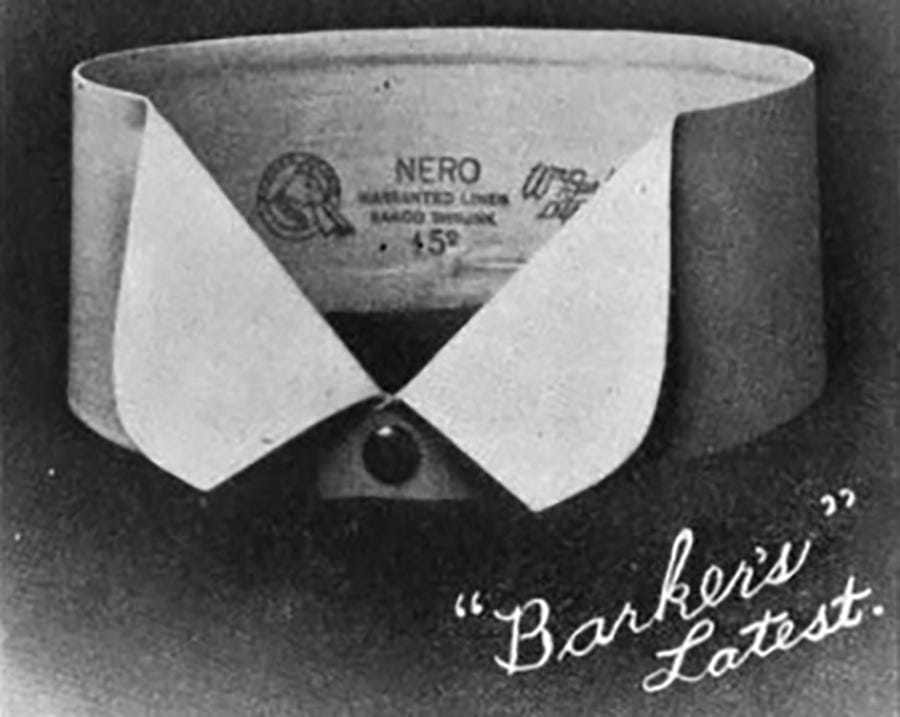
The Collar Lives On
By the 1930s, fashion loosened up. As the Duke of Windsor put it, “We were all beginning to ‘dress soft.’” Stiff, starched collars faded, and René Lacoste’s polo shirt kicked off the casual revolution.
Around the same time, “white collar” and “blue collar” emerged — terms born less from style than from laundry. Office workers wore crisp whites, while laborers opted for darker, practical fabrics.
Collars grew more relaxed, dress codes blurred, but the collar never vanished — it simply adapted.
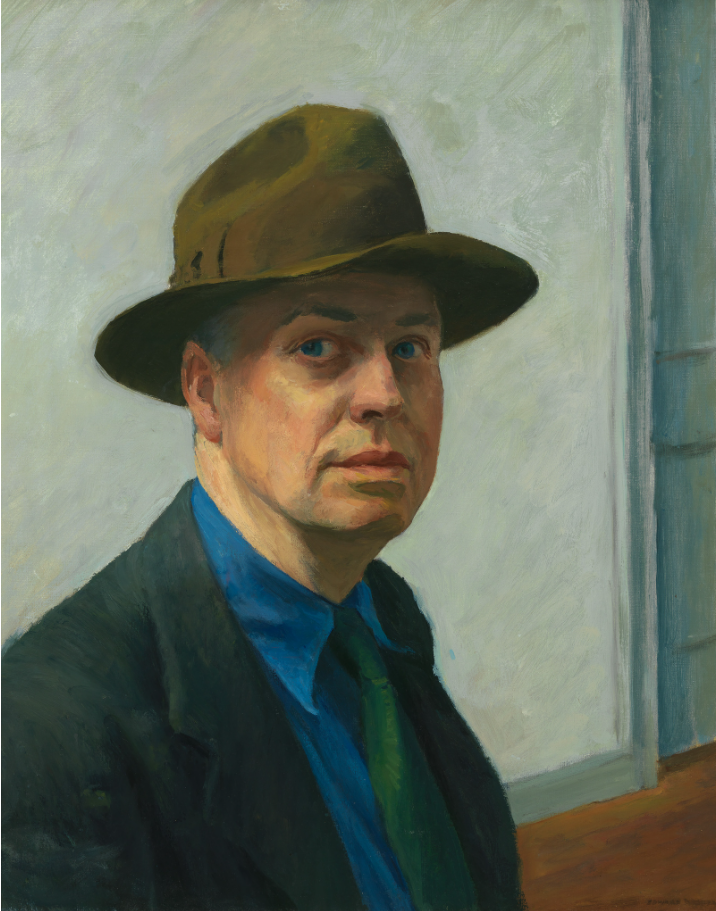
What Now?
The collar lives on — crisp or rumpled, buttoned-up or barely there. It still says something, whether it's "hire me," "brunch time," or "yes, this is vintage." And thanks to period dramas and runway revivals, even the ruff has staged a comeback. One person's historical hassle is another's fashion fantasyQ

